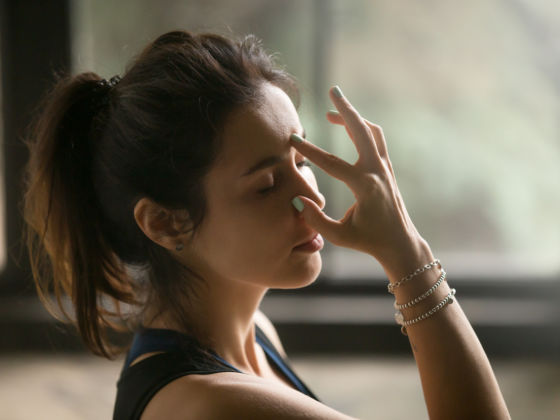Feelings of anxiousness, fear, or nervousness are never fun parts of a trip, but stressful moments during travel happen to the best of us. While you may not be able to control the unraveling of a frustrating situation, you can use certain breathing techniques to ease tension and make thoughtful decisions in the midst of chaos.
After becoming a yoga instructor, I started to use breathwork to aid my anxiousness on trips. These techniques have helped me become a more mindful and happier traveler, and they may help you discover a renewed sense of focus, positivity, and hope during moments of uneasiness. The key to stress reduction through breathwork is to not overthink what you are doing; try to stay in the moment without judging yourself. All you need is the right intention and good posture. Here are five breathing exercises to help you ease travel anxiety.
